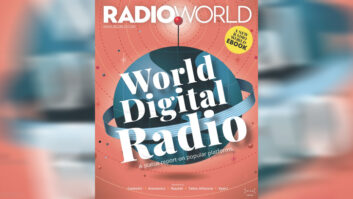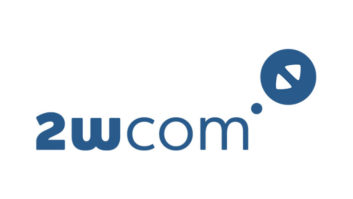Nearly $11 billion will be spent on local advertising for over-the-air radio in 2024, according to an updated yearly forecast by BIA Advisory Services. This figure ranks fifth largest as compared to other media channels’ revenue and is up 1.8% from 2023; however, to remain competitive, executives from BIA and Marketron say radio broadcasters should focus on digital ad sales.
The firm provided an advanced look at the updated figures in a “Midyear Local Ad Spend Check-In” webinar it presented with Marketron. BIA officially released the findings on Tuesday.
BIA categorizes media channels by both traditional and digital avenues. By next year, it forecasts digital ad spending dollars across all platforms to surpass those of traditional media.
For radio, digital revenue includes advertising an outlet might sell on its website or through social media.
At just under $3 billion, radio digital projects a 1.8% increase in ad spending from last year. However, that’s also 3% less than BIA’s original 2024 estimate. It says digital will be the driving force for future growth in radio ad dollars. Google’s decision to abandon its plans to phase out third-party cookies in its Chrome browser also affirms confidence in digital ad dollars, the firm said.
Nicole Ovadia, VP of forecasting and analysis at BIA, lauded the viability of radio but also emphasized some missed opportunities for the medium, particularly when it comes to political advertising. “Radio digital is not really on the radar in terms of political ads, and it should be,” said Ovadia.
Political ads are the number one vertical spender for over-the-air radio, but they rank a distant 16th for digital radio spending, according to BIA data. Its local advertising forecast covers 12 vertical categories and 96 local verticals.

[Related: “BIA: Political Advertising Bolsters 2024 Media Revenue“]
Ovadia said that down-ballot races are where radio can distinguish itself digitally, even in an area that typically leans heavily in terms of partisanship. “Political fundraising is a massive push right now, and the strategy we are seeing is to spend money to raise money,” she said of local campaigns.
While large market radio stations saw a slight decline in ad sales, medium and small market stations saw gains, according to Ovadia. She attributed this to the locality radio offers. “We’ve seen large digital companies come and fail because your stations already have a sales department doing all of this,” she said.
Jimshade Chaudhari, Marketron’s CEO, suggested that, in an “unprecedented election cycle,” every station should take the time to ensure their media kits are up to date, including coverage maps and audience data. “Make sure your staff is up to date on the lowest unit rate and the constraints that come around political advertising to make sure rules are being followed,” he said.
With the growing share of ads for OTT/CTV, both Ovadia and Chaudhari highlighted the opportunity to leverage the reach of radio in conjunction with the local angle digital platforms are providing. “When you combine the reach of radio and CTV, you’re actually hitting your audience wherever they might be,” Chaudhari said. BIA cited Nielsen data that crowned radio as the medium with the highest reach.
Chaudhari said that many broadcasters jumped into digital quickly, resulting in manual processes and room for error. “It’s not just selling digital ads, it’s also the execution, reporting and the billing of digital,” he said.
In all, BIA expects nearly $174 billion to be spent on local ads in 2024, an increase of 1% from its initial estimates for the year. An expected additional $560 million spent on political advertising is the reason behind the increase.







